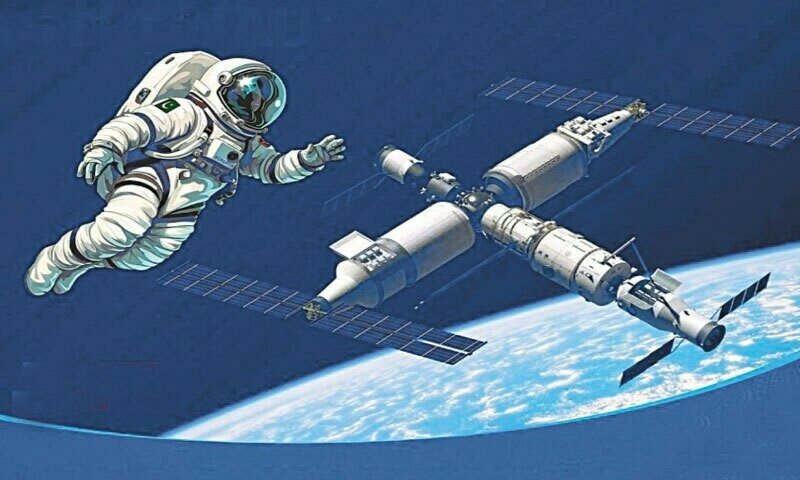SCIENCE & TECHNOLOGY

In a groundbreaking discovery, scientists using the James Webb Space Telescope have observed what they call the strongest evidence yet of potential life beyond our solar system. The team identified chemical markers in the atmosphere of the exoplanet K2-18 b that strongly suggest biological activity.
The two gases detected—dimethyl sulfide (DMS) and dimethyl disulfide (DMDS)—are produced on Earth primarily by marine microorganisms like algae, a form of life that thrives in our planet's oceans. This discovery raises the exciting possibility that K2-18 b, a distant planet located 124 light-years away, could harbor microbial life in its atmosphere.
Lead author and astrophysicist Nikku Madhusudhan from the University of Cambridge's Institute of Astronomy explained, “This is a transformational moment in the search for life beyond the solar system... We have entered the era of observational astrobiology.” While the researchers emphasize that they are not claiming to have found actual living organisms, the detection of these gases could be a biosignature—an indicator of biological processes in the planet's atmosphere.
K2-18 b, which is 8.6 times more massive than Earth and about 2.6 times larger in diameter, orbits within its star's "habitable zone"—the region where conditions may allow liquid water to exist on the surface, a critical factor for supporting life as we know it. The planet orbits a red dwarf star in the constellation Leo, and astronomers consider it to be a potential "hycean world," a type of exoplanet hypothesized to have vast liquid water oceans that could support life.
Webb's earlier observations had already identified methane and carbon dioxide in K2-18 b’s atmosphere—key components of organic molecules. The discovery of DMS and DMDS, found at concentrations much higher than those on Earth, strengthens the case for life, as such levels cannot be explained without biological activity, based on current scientific knowledge.
However, the discovery must be viewed with caution. Madhusudhan and his team caution that the signals detected could still be due to non-biological processes, and more observations are needed to confirm the findings. The team aims to repeat their observations to rule out the possibility of statistical errors, as the current data has a 0.3% chance of being a fluke.
K2-18 b is part of the “sub-Neptune” class of planets, with characteristics that make it an intriguing candidate in the search for life beyond Earth. Using the “transit method,” Webb can analyze light from the planet's star as it passes in front, helping scientists detect the atmospheric gases present on the exoplanet.
Though Madhusudhan notes that the "Holy Grail" of exoplanet science is finding life on an Earth-like planet, this discovery represents a significant step forward. The detection of possible biosignatures on a distant exoplanet adds to our understanding of the vast possibilities for life in the universe.
Scientists not involved in the study have urged caution, with some experts calling the data “tantalizing” but emphasizing the need for independent verification. Christopher Glein, a principal scientist at the Southwest Research Institute in Texas, stated, “We must be very careful to test the data as thoroughly as possible,” and expressed anticipation for further studies.
As researchers continue to analyze the findings, the discovery of possible microbial life on K2-18 b sparks renewed interest in the hunt for life beyond our solar system. Yet, as Madhusudhan reminds, “It is in no one’s interest to claim prematurely that we have detected life.” This discovery represents an exciting, yet cautious, step toward answering humanity’s age-old question: Are we alone in the universe?




